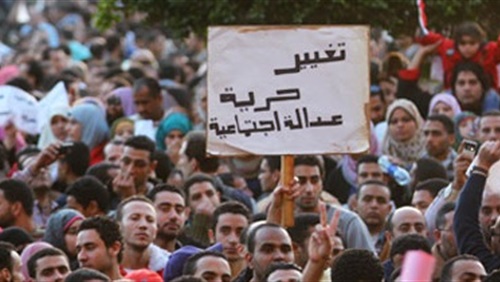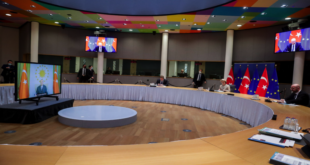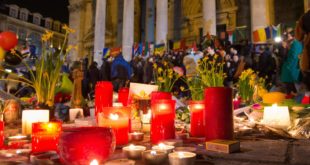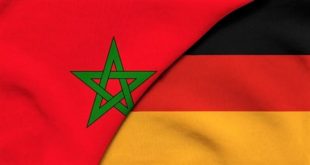Arabs make up just 5% of the world’s population, but they account for about half the world’s terrorism and refugees
The Economist (*)
IN DECEMBER 2010 Egypt’s cabinet discussed the findings of their National Youth Survey. Only 16% of 18-29-year-olds voted in elections, it showed; just 2% registered for volunteer work. An apathetic generation, concluded the ministers, who returned to twiddling their thumbs. Weeks later, Egypt’s youth spilled onto the streets and toppled President Hosni Mubarak.
The UN’s latest Arab Development Report, published on November 29th, shows that few lessons have been learnt. Five years on from the revolts that toppled four Arab leaders, regimes are ruthlessly tough on dissent, but much less attentive to its causes.
As states fail, youth identify more with their religion, sect or tribe than their country. In 2002, five Arab states were mired in conflict. Today 11 are. By 2020, predicts the report, almost three out of four Arabs could be “living in countries vulnerable to conflict”.
Horrifyingly, although home to only 5% of the world’s population, in 2014 the Arab world accounted for 45% of the world’s terrorism, 68% of its battle-related deaths, 47% of its internally displaced and 58% of its refugees. War not only kills and maims, but destroys vital infrastructure accelerating the disintegration.
The Arab youth population (aged 15-29) numbers 105m and is growing fast, but unemployment, poverty and marginalisation are all growing faster. The youth unemployment rate, at 30%, stands at more than twice the world’s average of 14%. Almost half of young Arab women looking for jobs fail to find them (against a global average of 16%).
Yet governance remains firmly the domain of an often hereditary elite. “Young people are gripped by an inherent sense of discrimination and exclusion,” says the report, highlighting a “weakening [of] their commitment to preserving government institutions.” Many of those in charge do little more than pay lip-service, lumping youth issues in with toothless ministries for sports. “We’re in a much worse shape than before the Arab Spring,” says Ahmed al-Hendawi, a 32-year-old Jordanian and the UN’s envoy for youth.
Arab regimes tend to respond to security threats by further tightening their grip. Governments divert development capital to foreign arms purchases. For want of social and physical mobility at home, young Arabs traditionally travelled abroad. But such safety valves are closing fast. Despite the Arab League’s pretensions to brotherhood, visa-free travel among its 22 countries is unusual. Many Arabs need exit permits to boot. Where states are embroiled in conflict, many live in restricted zones inside their own countries. But physical and bureaucratic barriers touted as security measures can be counter-productive. “The moment I ban a displaced or marginalised person from travelling to work, I’m implicitly leaving him as a victim for an extremist ideology,” says Jad Chaaban, the report’s lead author. Many of the most educated give up and take to dinghies, abandoning the region. Is it too late for change? Making intra-regional travel easier would be a start, says the report. Though much of the region just a century ago under Ottoman rule was a common market, it is often easier to get business or student visas to Europe than between the array of insecure Arab states. A customs union and improved travel access could boost the region’s GDP by $760bn over seven years, estimates the report, a sum that exceeds Morocco’s annual GDP.
Though less likely to vote than the global average, young Arabs are much more inclined to protest. The UN report notes that Arab protest movements tend to come in five-year cycles. North Africa’s unrest spiked in 2001, 2006 and 2011, each time more turbulent than the last. Another bout seems due. Young Arabs, the report says, “may prefer more direct, more violent means, especially if they are convinced that existing mechanisms for participation and accountability are useless.”
The new generation, it says, is “the largest, the most well educated and the most highly urbanised in the history of the Arab region”. Thanks to social media, they are more in tune with the world than ever. If only their rulers knew what to do with them.
_________________________________________
(*) This article was originally published on The Economist. Read the original article. The views expressed in this article belong to the author and do not necessarily represent ForMENA
 ForMENA Council for MENA affairs
ForMENA Council for MENA affairs



